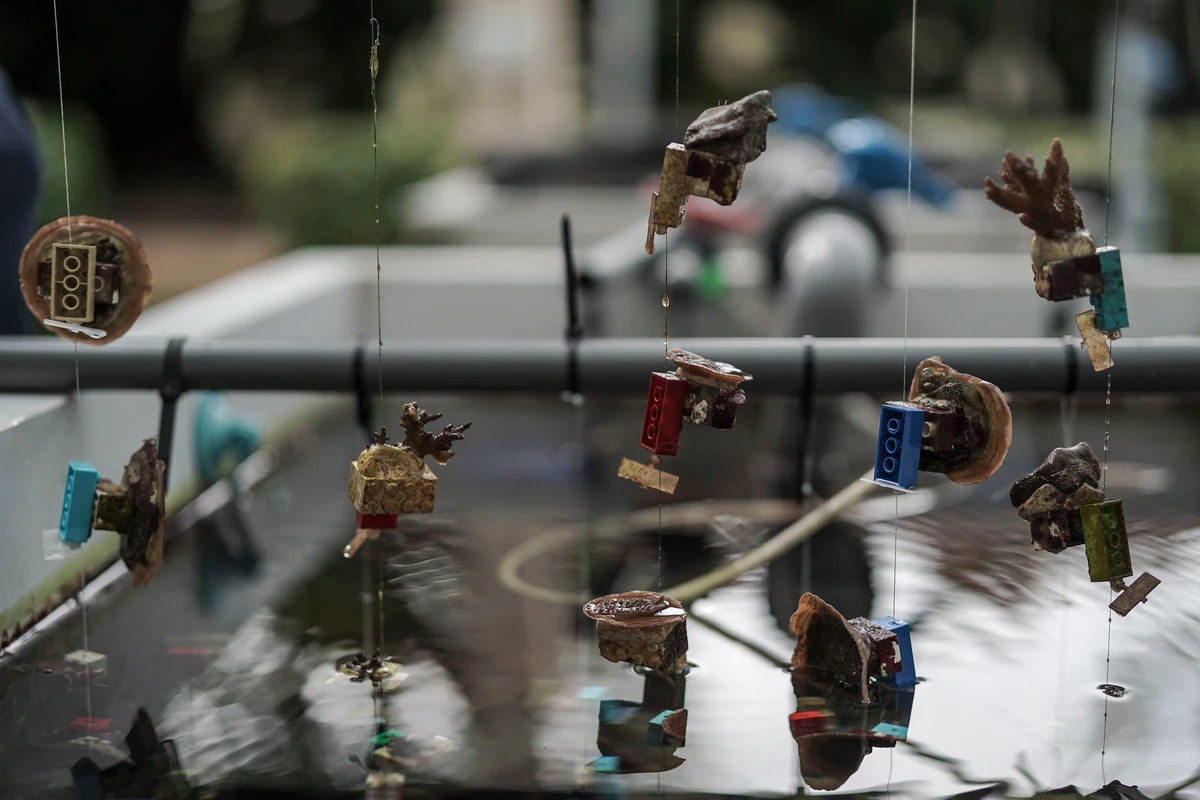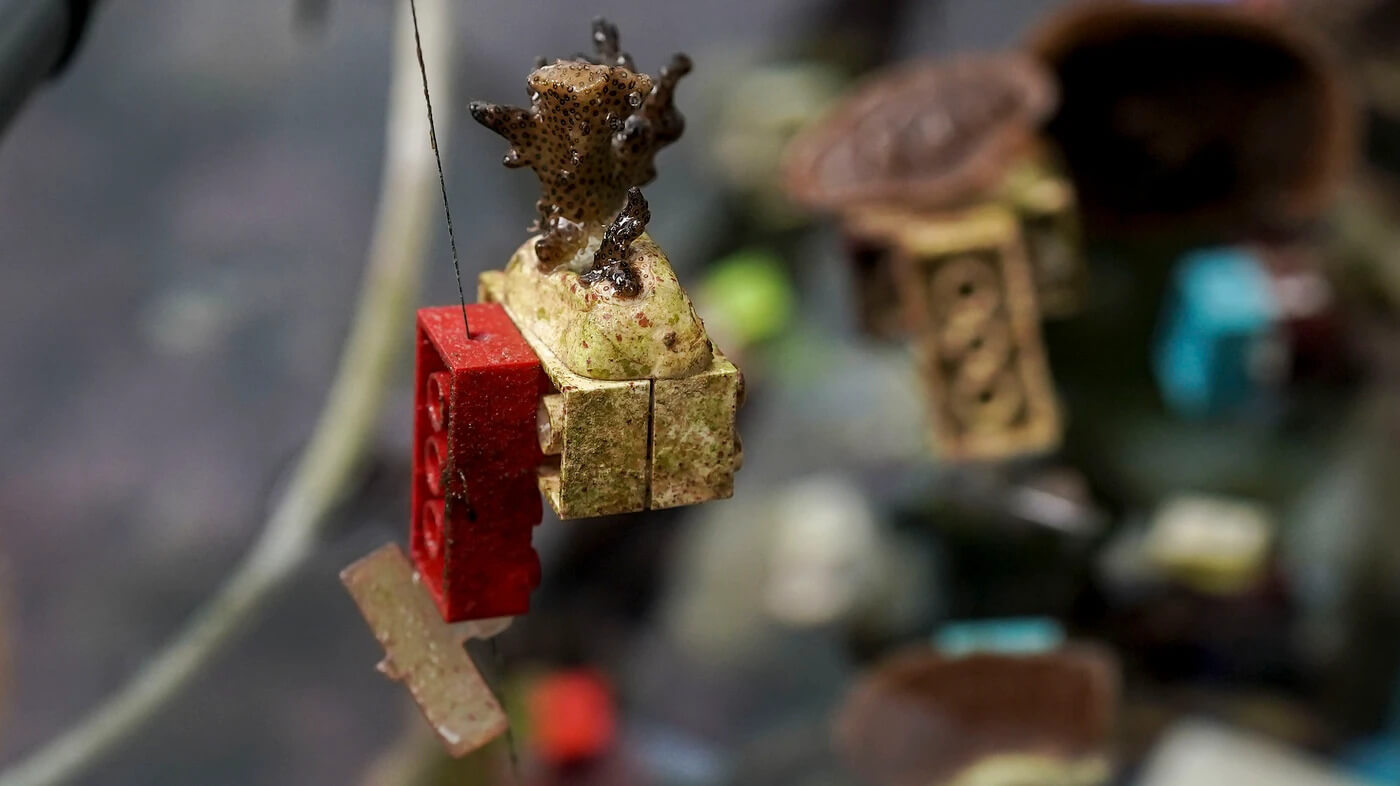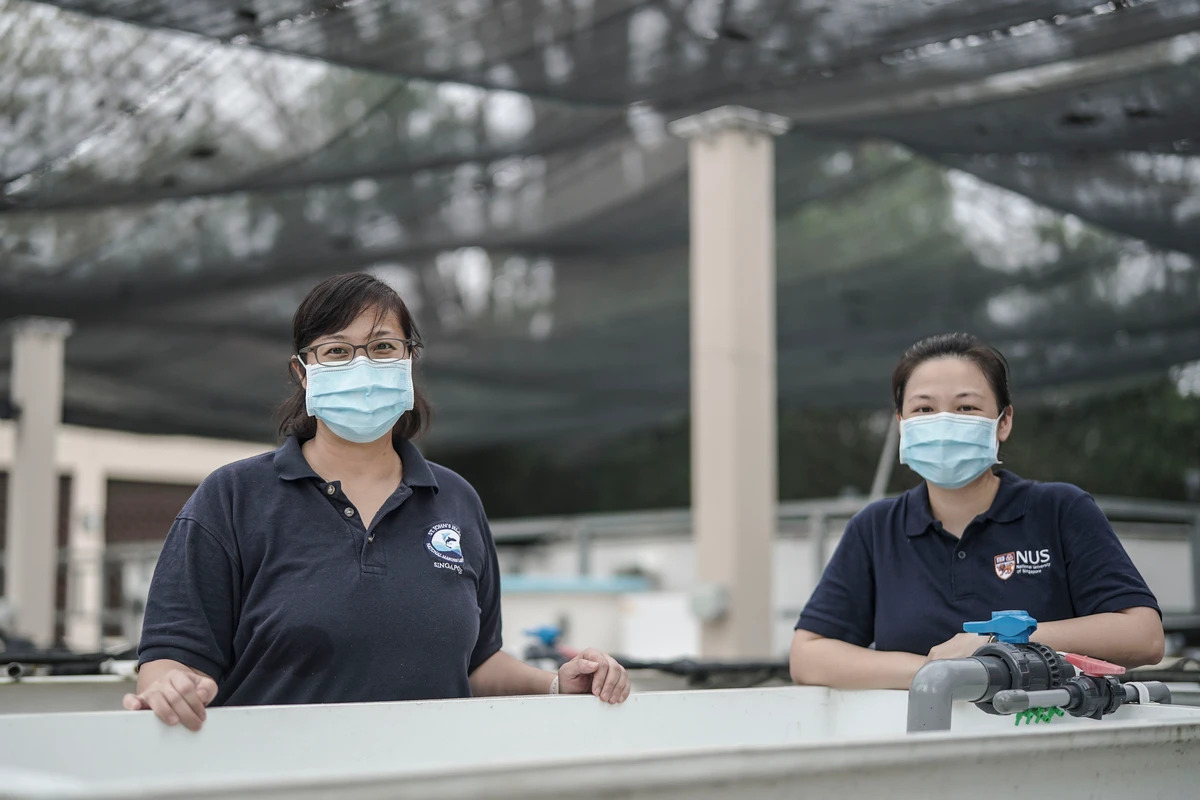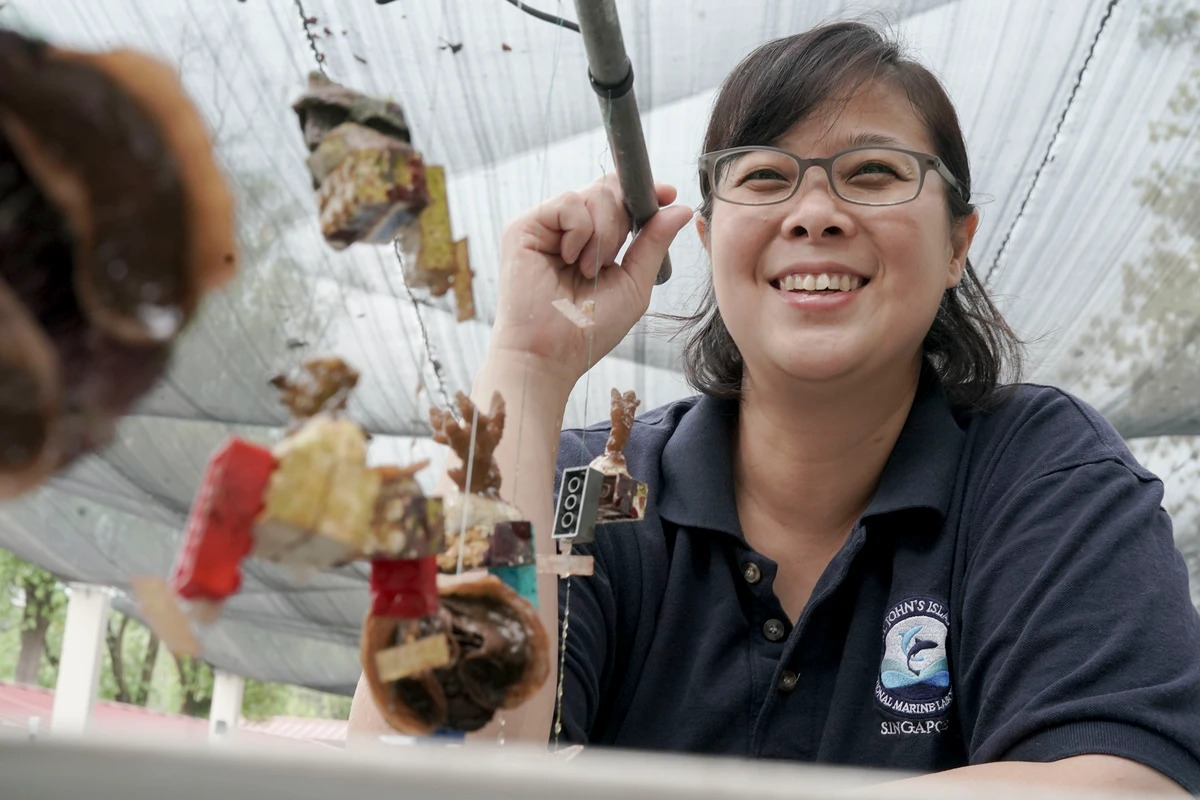
- Sustainable Planet -
- 5mins -
- 965 views
How Lego could help save Singapore’s coral reefs
Scientists in an offshore research facility are rebuilding Singapore’s coral reefs with LEGO bricks, due to their flat, stable and durable surfaces for marine animals to settle on.
Could LEGO save Singapore’s endangered coral reefs?
Delicate and easily-damaged, coral reefs are home to many species of marine life and also play a part in reducing global warming. The third largest coral reef in the world is located in Singapore, where land reclamation and coastal development have caused it to deplete in recent years. Scientists from the National University of Singapore are now working on a way to use LEGO bricks to save the nation’s endangered coral reefs.

Scientists Are Rebuilding Singapore’s Coral Reefs With Lego
In a makeshift saltwater nursery located on an offshore Singapore island, a vital scientific experiment is taking place involving corals and sea invertebrates, and the world famous Danish educational toy, LEGO bricks!
“We needed to create flat and stable surfaces for the animals to rest on,” Neo Mei Lin, a leading marine biologist and senior research fellow from the National University of Singapore’s Tropical Marine Science Institute explained to Heather Chen, for VICE. “Detachable Lego bricks proved very useful in helping us to hold corals and giant clams in place.”
This unorthodox yet ingenious approach has benefited Neo and her colleague Jani Tanzil, a fellow marine scientist at the Institute. Together they are spearheading an ambitious reef rejuvenation project to revitalise and restore Singapore’s coral populations, wrecked and damaged by decades of major land reclamation, coastal development, and sea port activity.
“Land development harshly affects the sea,” Tanzil said. “As marine scientists, we have definitely seen the effects of that on our coastlines, mangroves and seagrass.”
Source: VICE

The bricks are useful for research and are used many times, in many ways, for many years
Working with government agencies such as the National Parks Board (NParks), Neo and Tanzil hope that their ambitious project will help increase the resilience of local coral populations and gradually expand reef surface area.
“Climate change is moving faster than we can imagine but our coral reefs have proven to be much more resilient than we thought, having survived in marginal and highly urbanised environments,” Neo said.
“Our coral reefs may not be as colourful or pretty as those in Australia or the Maldives, but they have certainly proven to be very resilient given the high levels of stress and pollution they’ve had to endure over the years, and that is a unique and very encouraging sign.”
The LEGO bricks have been very useful for research and experiments in helping to grow out small coral fragments in the aquarium nurseries before transplanting the coral back into the sea. When the corals have grown and are ready to return to the ocean, the bricks are be removed and reused for other future projects.
“The good thing about Lego is that it’s very lasting — for better or for worse. The bricks are useful for our research and are used many times, in many ways, for many years,” Tanzil said.
However, the LEGO bricks are only a small piece of a bigger and more complicated puzzle. The reef restoration project is expected to take years due to complexities surrounding coral and its slow growth rate, along with a tendency to get stressed easily over changes in the environment.
Neo says, “Our coral reefs have not given up hope. As marine scientists, we should not give up on saving them, as well as the creatures that rely on them for life.”
Source: VICE

How about Lego bricks in a reef aquarium?
For reef aquarists, who regularly have to “garden” on their living-room reef and prune their stony corals, Reef2Rainforest pose the question of whether Lego bricks might not be the perfect way to vary the location of their fragments in the rearing tank by placing them on a matching Lego base plate?
Corals glued to Lego bricks could initially be placed close together to save space, and subsequently moved further apart on the base plate. In addition, the size of these artificial substrates is enormously variable and can be selected according to the coral genus and fragment size in question.
Even introduction into the aquarium could be simplified with the help of Lego bricks, by gluing a small, shallow, plate-like element firmly to the live rock or the reef ceramic, so that the coral, again on a Lego brick, can subsequently be simply pushed into place.
The surface area of the Lego components can be selected according to coral size and the effect of the current. Initially, the coral could be removed effortlessly in order to reposition it, and later the Lego would be overgrown and concealed by the developing basal disk.
Source: Reef2Rainforest


